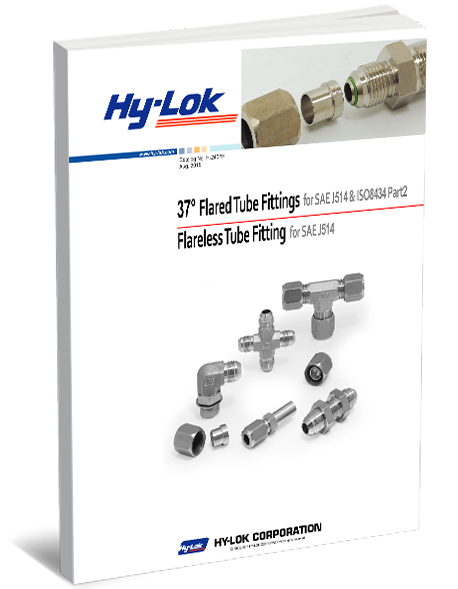High-pressure valves and fittings are subject to heavy demands from fluid control systems, and without the right care and maintenance, they can quickly degrade. Sudden failures, ruptures, and other issues can compromise the overall safety of your operation. Knowing when to repair or replace your valves is vital to smooth performance, as well as upholding safety standards. Below, we’ll explore a few key factors and considerations to keep in mind in order to know if your high-pressure fittings are in need of replacing.
Keep A Close Eye On You Valves And Fittings After Discharge
When a valve is performing optimally, it should be able to open and close continuously without issue. Sometimes, however, high-pressure valves fail to return to their fully closed position. This typically occurs when debris gets into the valve seat. After your valve discharges, it’s important to check them for any signs of leakage and look at repair options if you notice more than with the original settings.
Consider The Materials of Your Valves And Fittings Service
A large component with the premature degradation of valves comes down to the liquids or gasses passing through them. For example high-pressure fittings handling steam will typically last much longer than those servicing acids, or corrosive gases. Other factors that may contribute to premature failure include improper care or exposure to dirt and debris. Fittings subject to these conditions are likely to degrade much faster and will need to be replaced more often.
Are You Following Current Regulations?
If you’re not staying on top of current repair and maintenance regulations, your system may at risk for sudden failures. Be sure to have your health and safety team stay on top of regular upkeep and inspect systems often for signs of wear and tear.
To Repair Or Replace: The Big Debate
Ultimately, when it comes time to replacing or repair your high-pressure components, it’s important to consider both what the most cost effective option is, as well as what provides the best long term results. If repairing saves you considerable money and doesn’t hinder overall performance, this may be your best option. If, however, the overall cost of repair exceeds 60% of the cost of buying all new components, investing in newer materials may be a better long term solution.
High-Pressure Solutions at Hy-Lok Canada
Since 1977, Hy-Lok Canada has been a leading manufacturer and supplier of fluid control system components and solutions. With a vast inventory of solutions crafted from high-quality materials including 316 stainless steel, carbon steel, brass and special alloys. Learn more about our inventory, including availability, by contacting our team today!




